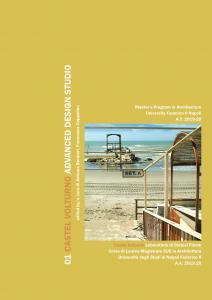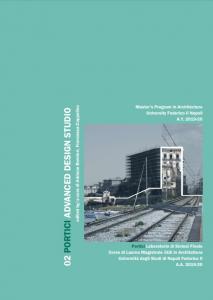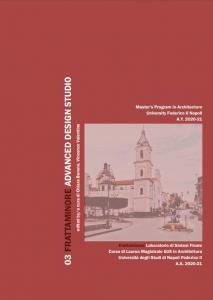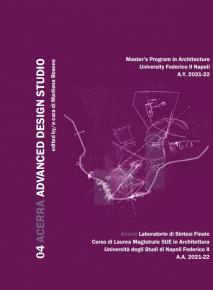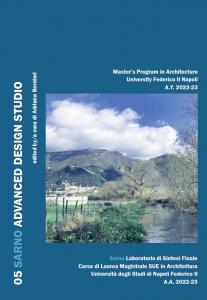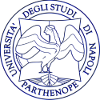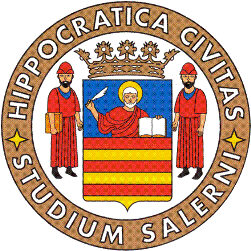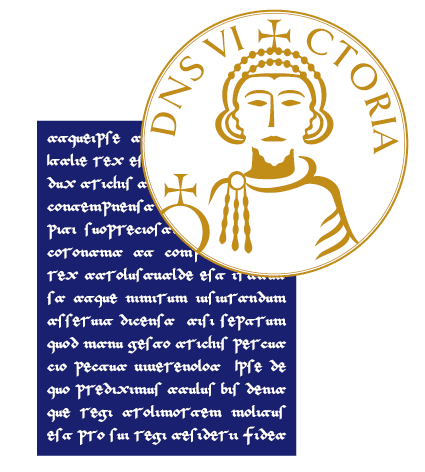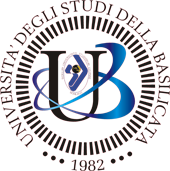FedOAPress - ADS Advanced Design Studio
Publisher: FedOA - Federico II University Press
Series: ADS Advanced Design Studio
Director: Pasquale Miano (DiARC-Unina)
Scientific Committee: Fabrizio Ascione (DII-Unina), Eduardo Bassolino (DiARC-Unina), Alessandra Capuano (DiAP-Sapienza), Maria Cerreta (DiARC-Unina), Attilio De Martino (Dist-Unina), Bruna Di Palma (DiARC-Unina),Laura Lieto (DiARC-Unina), Paulo Providencia (DARQ-Universidade de Coimbra), Juan Domingo Santos (ETSA Granada)
Editorial Board: Adriana Bernieri, Francesca Coppolino (coordinamento) Chiara Barone, Marilena Bosone, Vincenzo Valentino, Sara Verde
Languages: Italiano/Inglese
Topic and Contents of the Book Series: ADS Advanced Design Studio is a book series that collects the design experimentations results conducted in the context of the Final Design Studios within 5UE Master’s Degree Course in Architecture, Department of Architecture University of Naples Federico II. The goal is to combine scientific research and methodological processes of teaching practice through the common thread of the architectural and urban design. Conceived as an opportunity for discussion in which the themes widely explored and developed during the interdisciplinary studio experience are summarized, the series proposes to investigate, through essays and contributions to be combined with the work of students, the possibility of questioning and recalibrate the traditional tools of the project by adopting a multiscale approach. The joint action of the different disciplines involved allows us to reflect on the “boundaries” of each of them: from technological and environmental problems to landscape design and economic evaluation, the design variables are progressively defined, proposing and tracing new disciplinary paths of unprecedented correlation. At the same time, the design action at different scales defines the contents of an architectural project in the framework of a comprehensive interpretation of complex and articulated territorial problems. The investigated territories become the great protagonists of the design and didactic investigation, within which the specific geographical, morphological, urban and landscape peculiarities lead from time to time to the identification of the different case studies and project areas. They can be understood as demonstrative cases for the verification of general and wide-ranging theoretical positions, but more often, through an empirical and inductive dimension, as pre-text, as triggers of new potential lines of research and new scenarios for the project. In fact, the latter is always considered contextually and simultaneously as an interpretative key and an operational tool for modification through which to propose solutions to real and concrete problems and imagine new possible futures.
Peer review: Tutti i libri sono sottoposti a peer review secondo la modalità del doppio cieco (double blind)

